
- Tea Pot Set
- Brand
- Bavaria (34)
- Belleek (22)
- Disney (66)
- Grace's Teaware (43)
- Handmade (71)
- Herend (23)
- Le Creuset (24)
- Lefton (35)
- Lenox (61)
- Limoges (42)
- Nippon (31)
- Noritake (60)
- Royal Albert (178)
- Royal Crown Derby (22)
- Royal Doulton (34)
- Sadler (49)
- Shelley (27)
- Teavana (26)
- Unknown (27)
- Wedgwood (123)
- ... (5973)
- Material
- Bone China (245)
- Brass (23)
- Ceramic (357)
- Ceramic & Porcelain (187)
- Ceramic, Porcelain (25)
- Copper (44)
- Enamel (25)
- Fine Bone China (21)
- Glass (31)
- Gold (18)
- Gold, Porcelain (17)
- Metal (17)
- Porcelain (764)
- Porcelain / China (111)
- Pottery (38)
- Silver (17)
- Silver Plate (21)
- Silver Plated (25)
- Stainless Steel (27)
- Stoneware (51)
- ... (4907)
- Origin
- Set Includes
- 2 Teapots (3)
- Complete Tea Set (22)
- Creamer (124)
- Creamer, Lid (6)
- Creamer, Sugar Bowl (67)
- Cup (4)
- Gift Box (3)
- Lid (85)
- Lid, Sugar Bowl (6)
- Spoon (5)
- Stand (5)
- Sugar Bowl (29)
- Sugar Bowl, Teapot (4)
- Tea Pot (3)
- Tea Pot, 2 Mugs (3)
- Tea Set (9)
- Teapot (30)
- Teapot Sugar Creamer (3)
- Teapot, Cups (3)
- Tray (3)
- ... (6554)
- Size
- Type
- Coffee / Tea Set (19)
- Coffee Pot (20)
- Coffee Set (6)
- Complete Tea Set (42)
- Cup & Saucer Set (10)
- Set (13)
- Tea / Coffee Set (4)
- Tea For One (9)
- Tea Or Coffee Pot (5)
- Tea Pot (433)
- Tea Pot & Cup (11)
- Tea Pot Set (15)
- Tea Pots / Set (9)
- Tea Set (1150)
- Tea Sets (14)
- Teapot (38)
- Teapot Set (18)
- Teapots (153)
- Teapots & Tea Sets (27)
- Teaset (5)
- ... (4970)
Antique Kutani Japan Porcelain Tea Pot & Lid Floral Peacock Hand Painted Signed

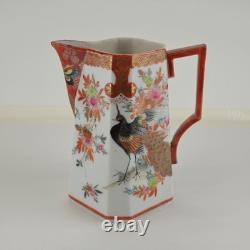
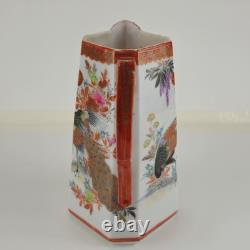
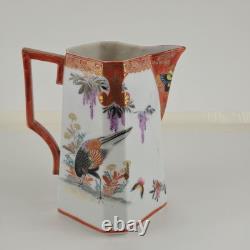
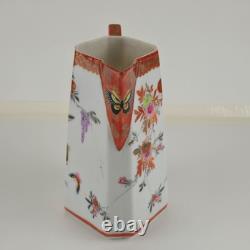
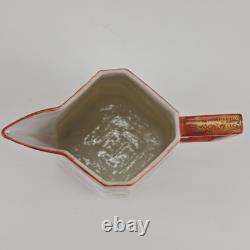

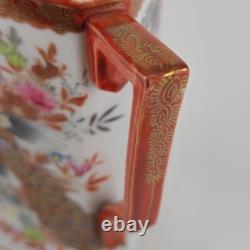


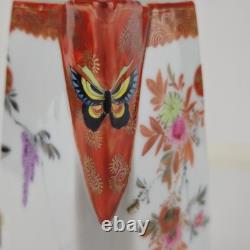
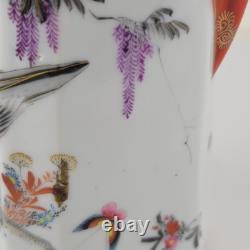
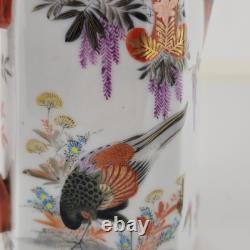
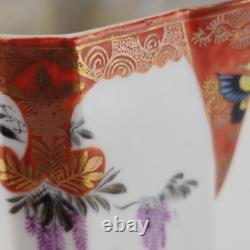
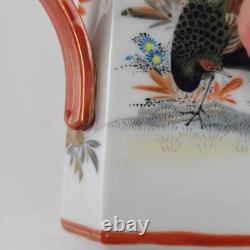
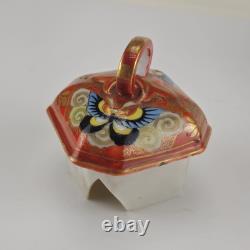
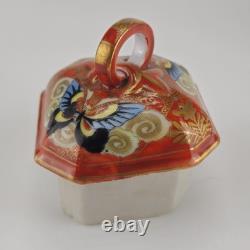
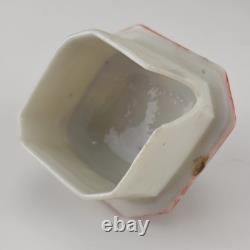
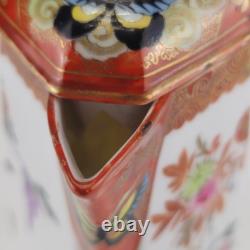
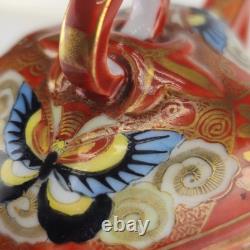



The item is a Kutani teapot, a style of Japanese porcelain known for its vibrant, hand-painted designs. Here's some information about it.
Kutani ware has a history of over 350 years, originating in the Kaga province (now Ishikawa prefecture). The name "Old Kutani" refers to the earliest pieces made in the village of Kutani, with a kiln established by the Maeda family around 1656. Kutani ware is characterized by intricate hand-painted designs, often featuring bold colors, elaborate gold accents, and overglaze painting.
Common motifs include landscapes, flowers, birds (like peacocks), and figures. It's made from porcelain and uses a variety of pigments, including green, blue, yellow, purple, and red. Authentic pieces are handmade and often have unique markings from the studio, kiln, or painter. Kyusu: This is a traditional Japanese teapot, often used for brewing green tea. Kutani ware teapots are sometimes referred to as "Kyusu".Tea Sets: Kutani tea sets often include a teapot, tea cups, and a tea container. Other Items: Besides tea sets, Kutani ware also includes plates, vases, and bowls.
Colors: Look for the vibrant, bold colors, including red, gold, and other enamels. Designs: Check for intricate, hand-painted designs, often with overglaze painting. Markings: Look for seals or unique markings on the base of the item.Feel: Authentic pieces feel smooth and well-balanced. Collectibles: Kutani ware is highly valued for its artistic beauty and craftsmanship. Resale Value: Depending on the age, condition, and detail, Kutani tea sets can have significant resale value. Kutani ware is not just functional tableware but also a piece of Japanese art, appreciated for its rich history and intricate designs.

